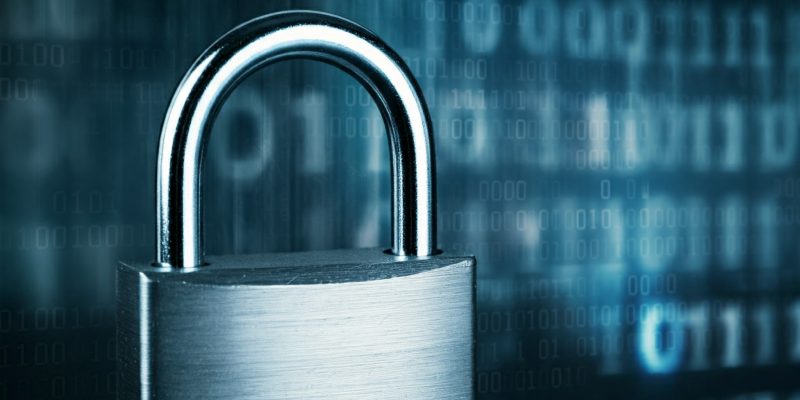The Growing Importance of Cybersecurity in a Digitally Connected World

Cybersecurity has become one of the most critical aspects of our modern society. With an increasing number of people relying on digital solutions for both personal and professional tasks, it has become imperative that we take the necessary steps to protect ourselves from potential cyber threats. In a world where technology is deeply integrated into almost every aspect of our lives, ensuring the security of our data and systems is more crucial than ever.
In the past decade, we have seen an exponential rise in the number of cyberattacks targeting both individuals and organizations. High-profile data breaches have exposed millions of personal records, leading to financial loss and reputational damage for countless companies. These incidents demonstrate the need for robust cybersecurity measures to prevent and mitigate the risk of cyberattacks. As hackers continue to develop new tactics, cybersecurity professionals must stay one step ahead to ensure the safety and privacy of digital information.
Cybersecurity is the practice of defending computers, servers, mobile devices, electronic systems, networks, and data from malicious attacks. It involves a wide variety of measures, tools, and best practices that are designed to protect information technology assets from unauthorized access, theft, or damage. Whether you are an individual browsing the web or a multinational corporation handling vast amounts of sensitive data, cybersecurity should be a top priority.
One key area of focus within cybersecurity is threat intelligence. By analyzing and understanding the behavior of cybercriminals, organizations can better prepare for and defend against potential threats. Threat intelligence helps cybersecurity experts stay ahead of the curve by identifying new types of attacks and understanding the tactics, techniques, and procedures (TTPs) used by threat actors. This proactive approach enables organizations to detect and respond to threats more effectively.
Another important aspect of cybersecurity is data protection. As businesses increasingly rely on digital solutions, they accumulate vast amounts of sensitive information, ranging from financial records to customer data. Protecting this information from unauthorized access and ensuring its confidentiality, integrity, and availability is crucial. Data breaches can have far-reaching consequences, including legal penalties, financial loss, and damage to an organization’s reputation.
Network security is also an essential component of cybersecurity. Securing the connections between devices and ensuring the safe transmission of data helps protect against a wide range of cyber threats. Measures such as firewalls, intrusion detection systems (IDS), and virtual private networks (VPNs) are often employed to create a secure network environment.
The rise of the Internet of Things (IoT) has also introduced new challenges for cybersecurity. With more devices than ever connected to the internet, the potential for cyberattacks has increased significantly. Smart home devices, wearable technology, and other IoT devices are often vulnerable to cyber threats due to inadequate security measures. Securing these devices and addressing the unique challenges they present has become an important aspect of modern cybersecurity.
Cybersecurity is a constantly evolving field, with new threats and challenges emerging on a regular basis. In recent years, we have seen the rise of ransomware, a type of malware that encrypts data and demands a ransom payment in exchange for the decryption key. Ransomware attacks have affected businesses of all sizes, as well as hospitals, schools, and government agencies. To counter this threat, organizations must implement robust backup and recovery processes, as well as train employees to recognize and avoid potential threats.
The role of human error in cybersecurity cannot be underestimated. Many successful cyberattacks can be traced back to mistakes made by individuals, such as clicking on phishing emails or using weak passwords. To address this issue, organizations must prioritize cybersecurity awareness training for their employees. Educating staff on the importance of good cybersecurity hygiene and providing them with the knowledge they need to recognize and respond to threats is an important part of any effective cybersecurity strategy.
Cybersecurity is not just the responsibility of IT professionals; it is a shared responsibility that affects us all. Whether you are an individual protecting your personal data or a business safeguarding customer information, staying informed about potential cyber threats and taking proactive measures to protect yourself is essential. The digital landscape is constantly evolving, and we must all be prepared to adapt to new challenges as they arise.
In conclusion, cybersecurity is an essential component of our increasingly connected world. As the number of cyber threats continues to grow, it is crucial that we take steps to protect our digital assets and stay informed about the latest developments in the field. By focusing on threat intelligence, data protection, network security, and human awareness, we can ensure a safer digital environment for everyone.














